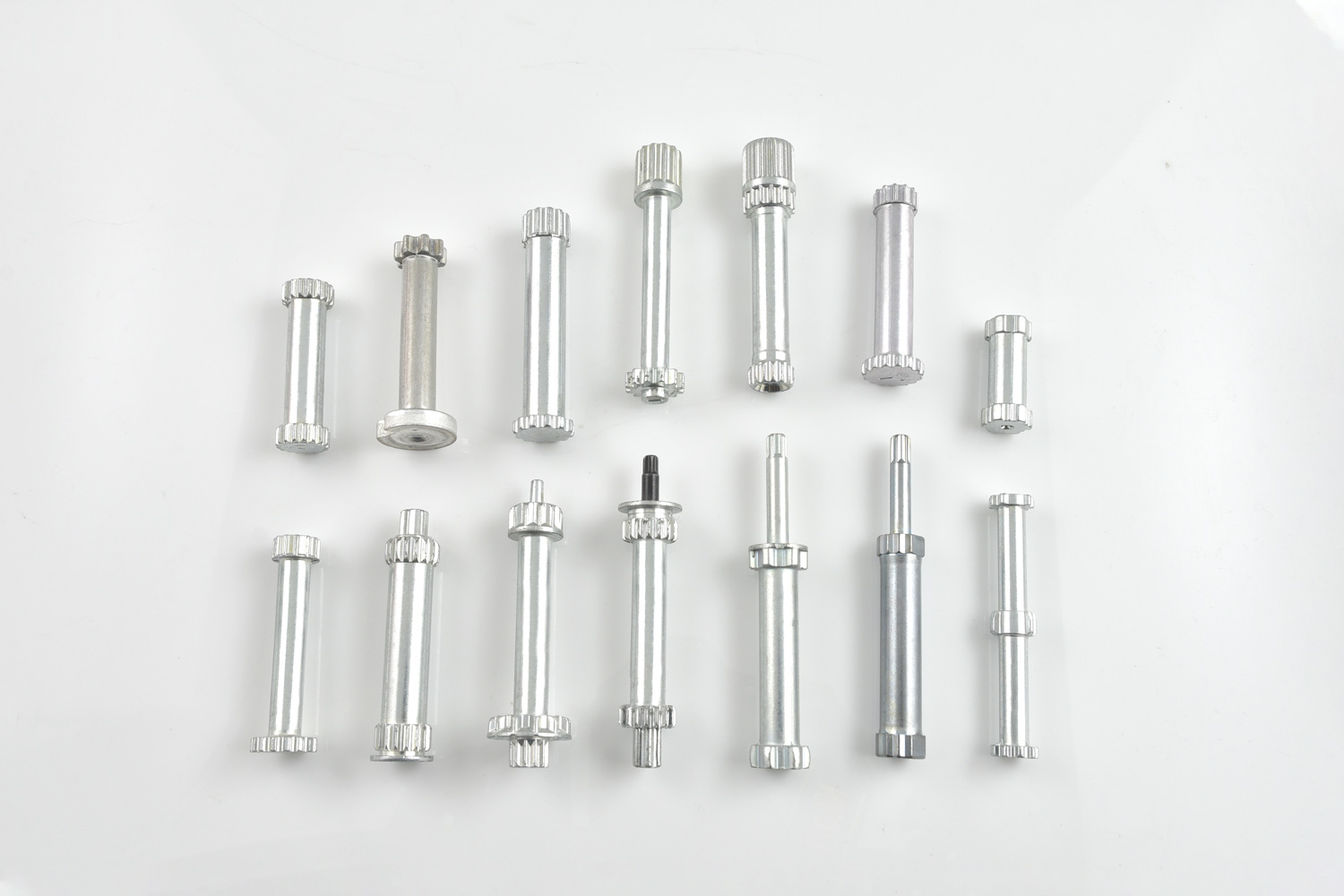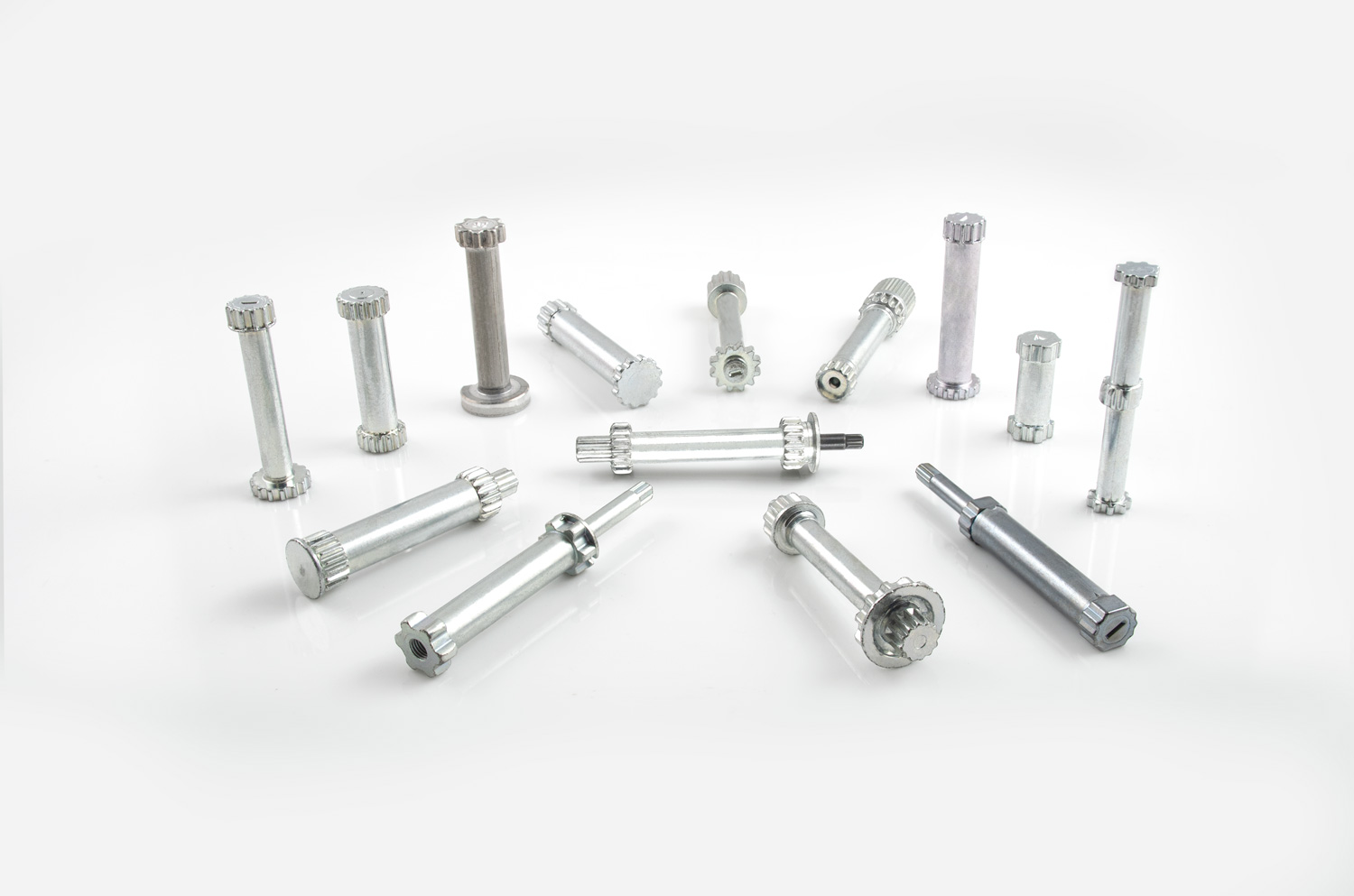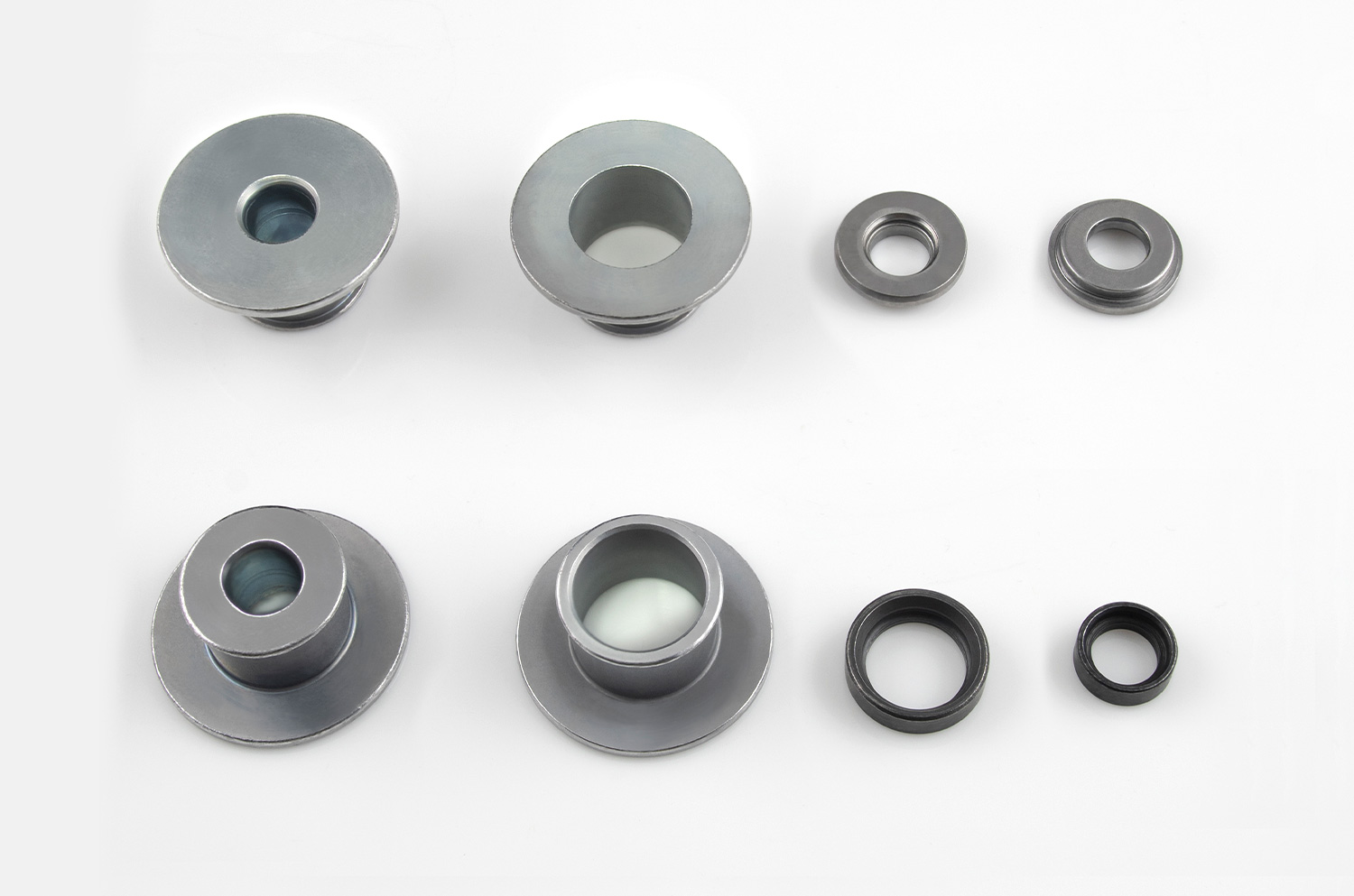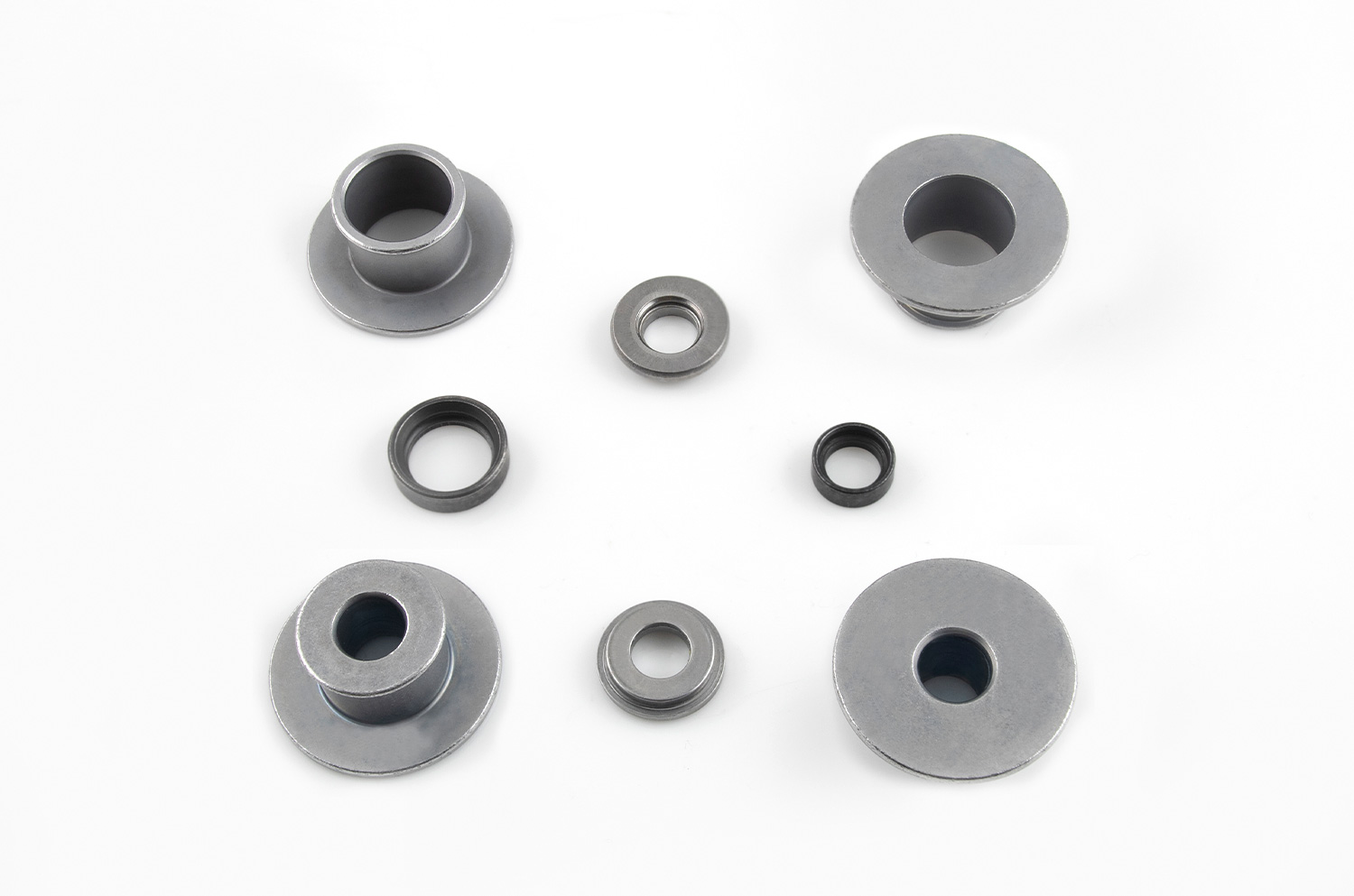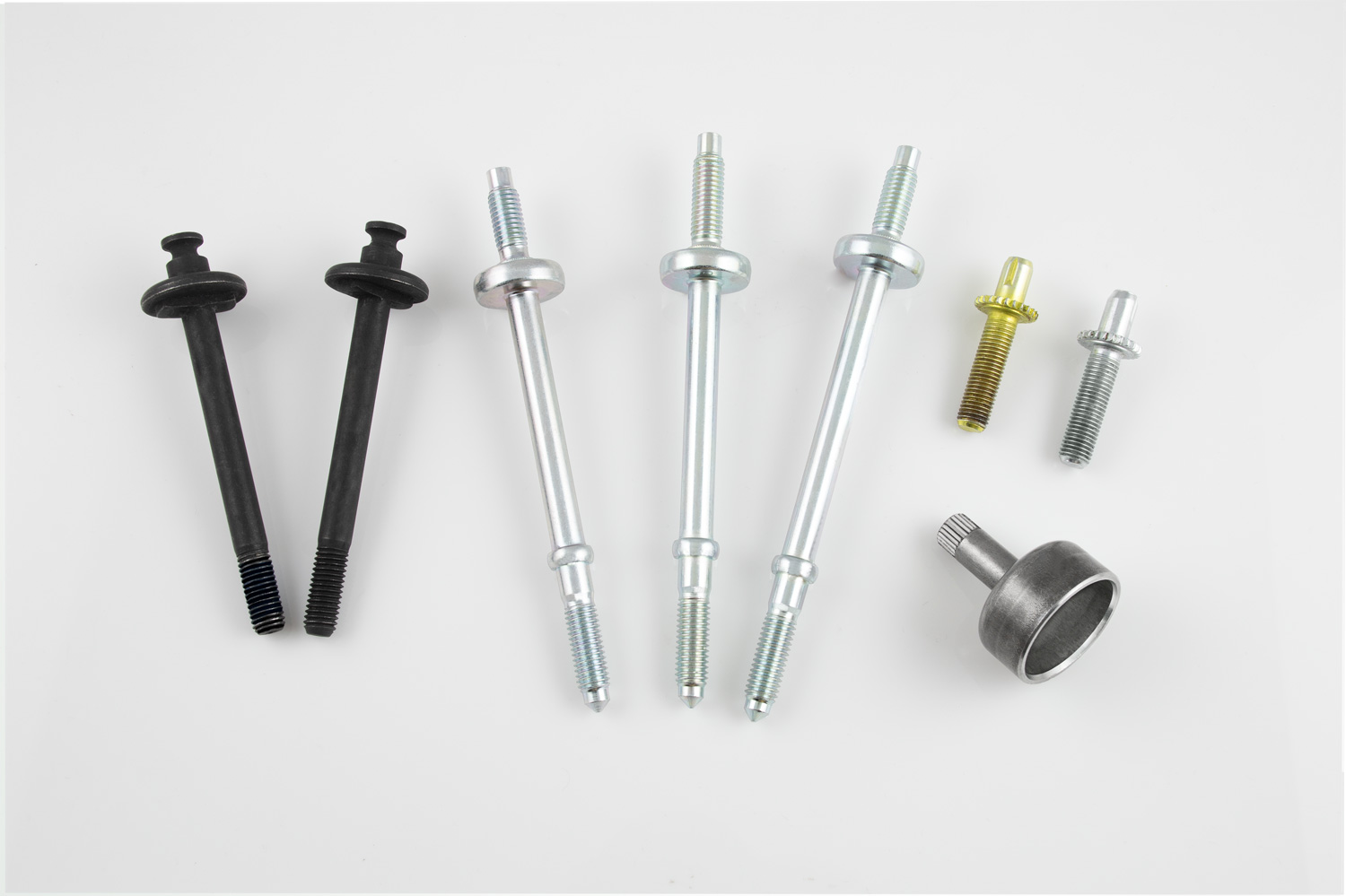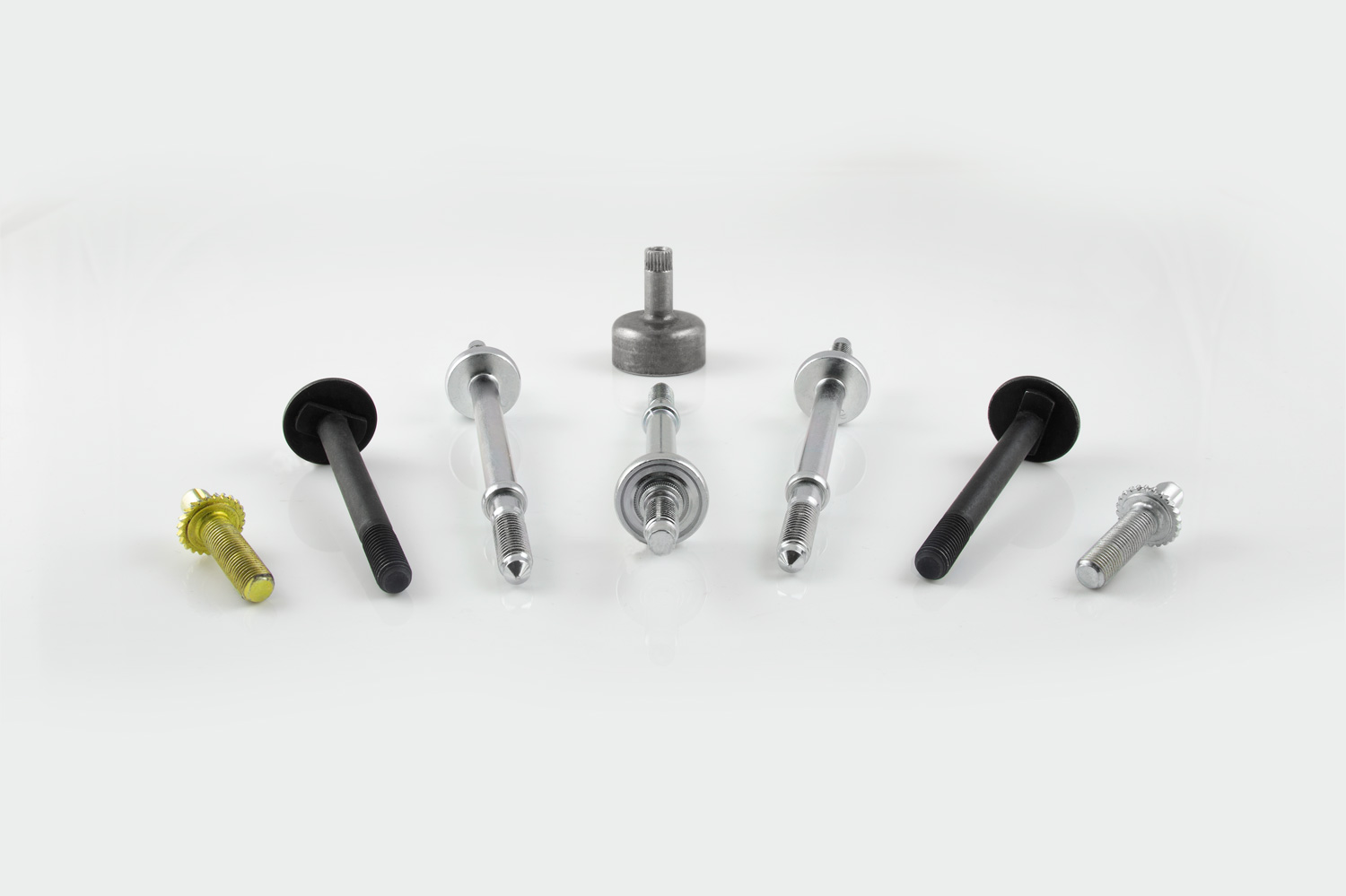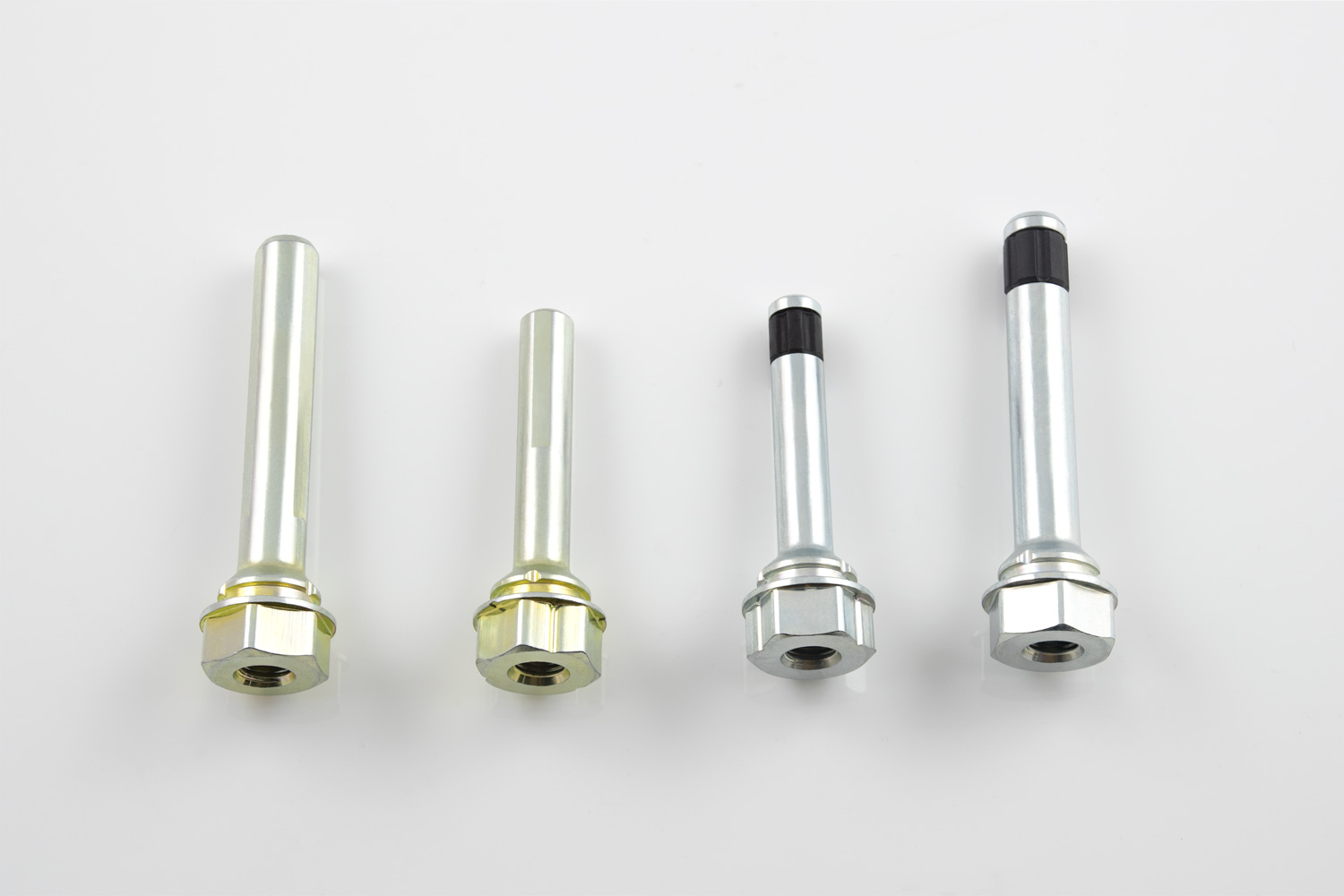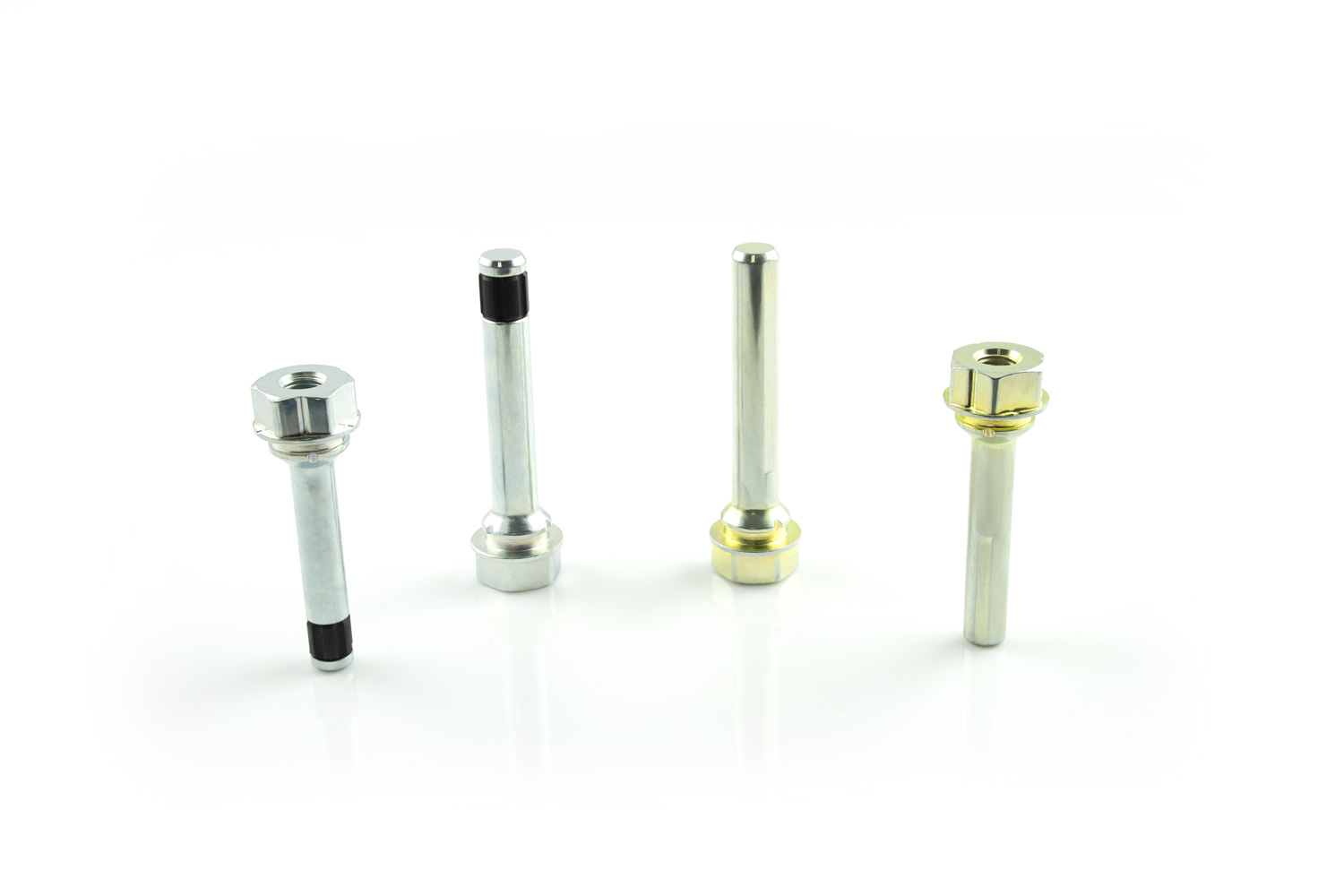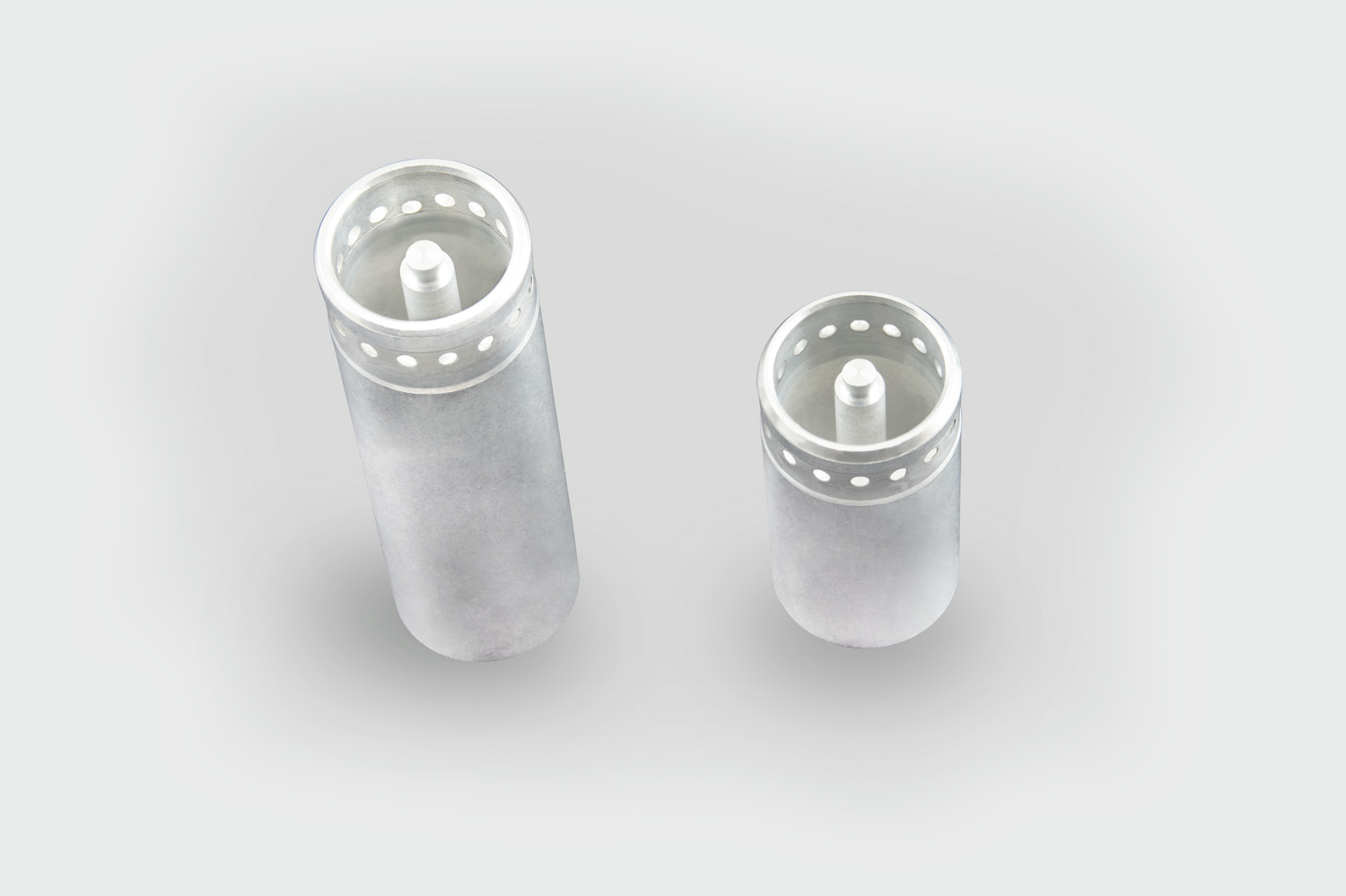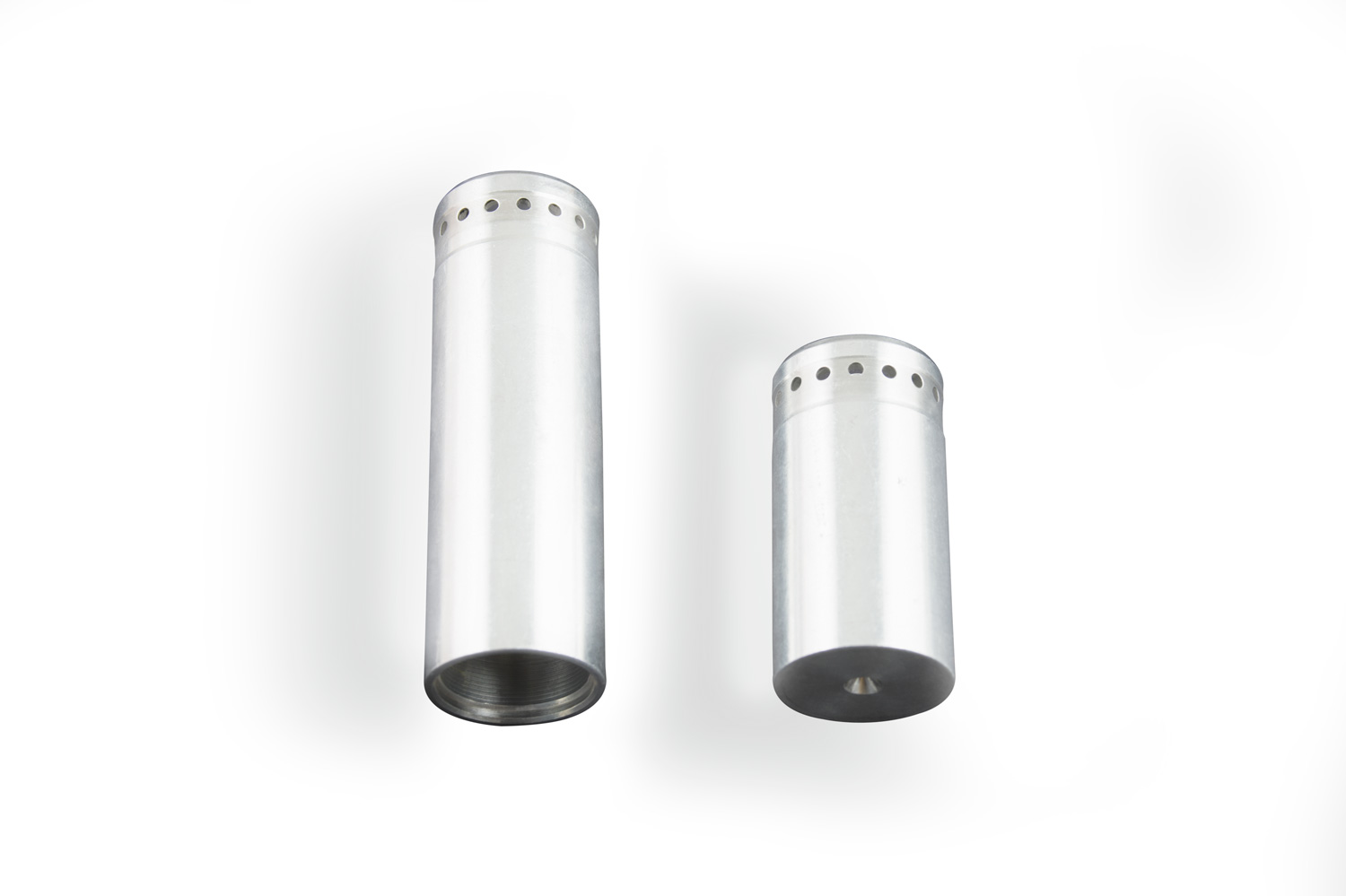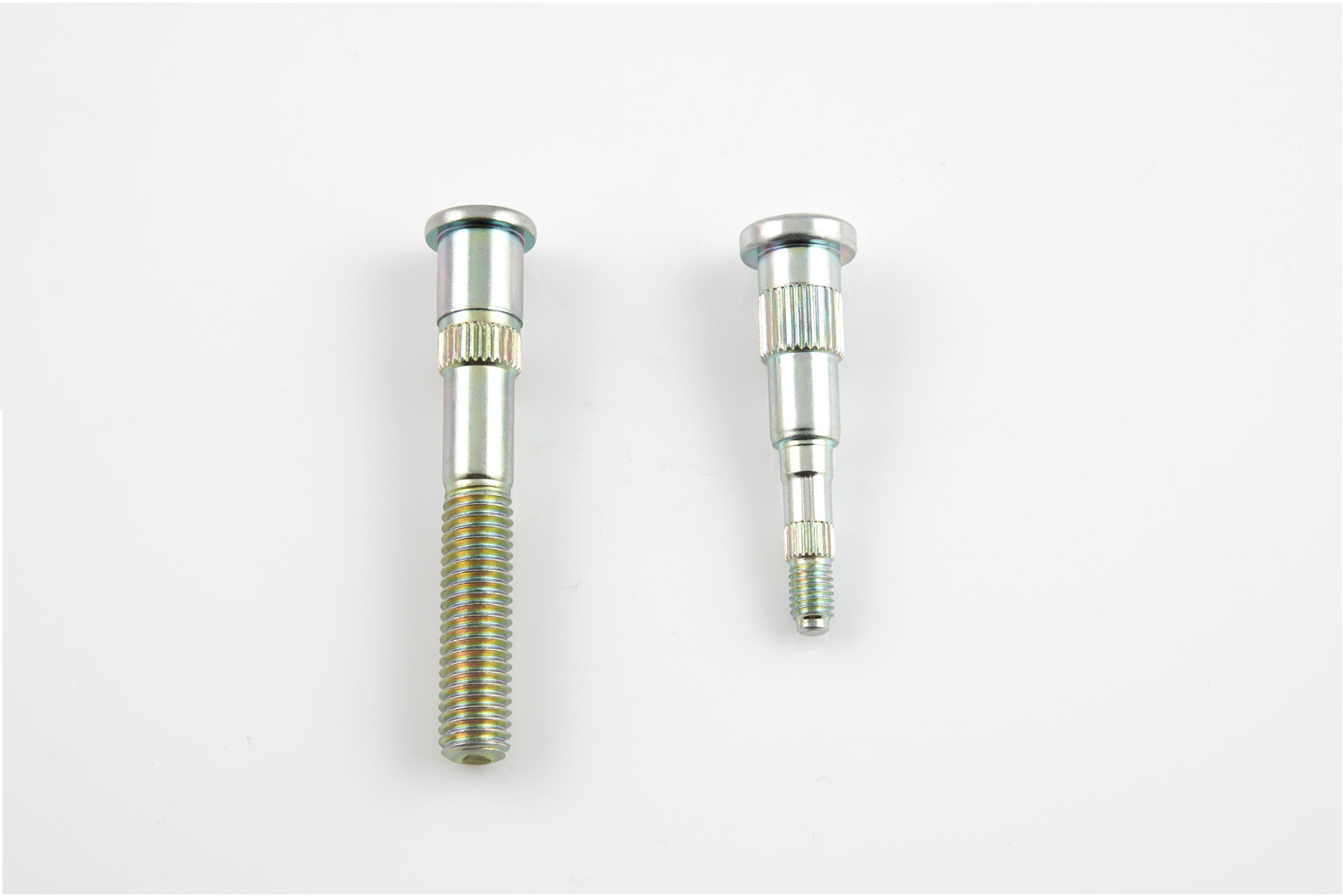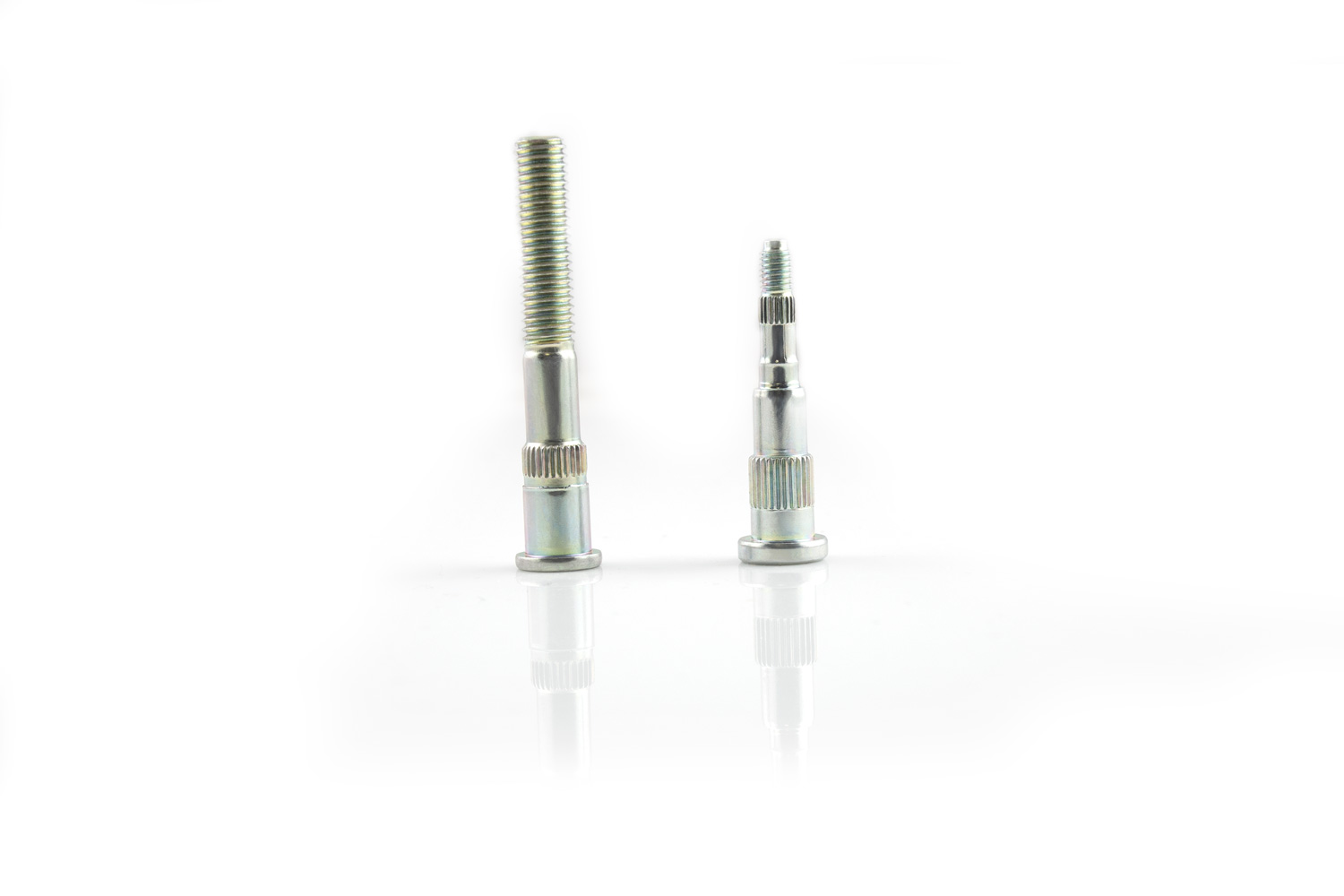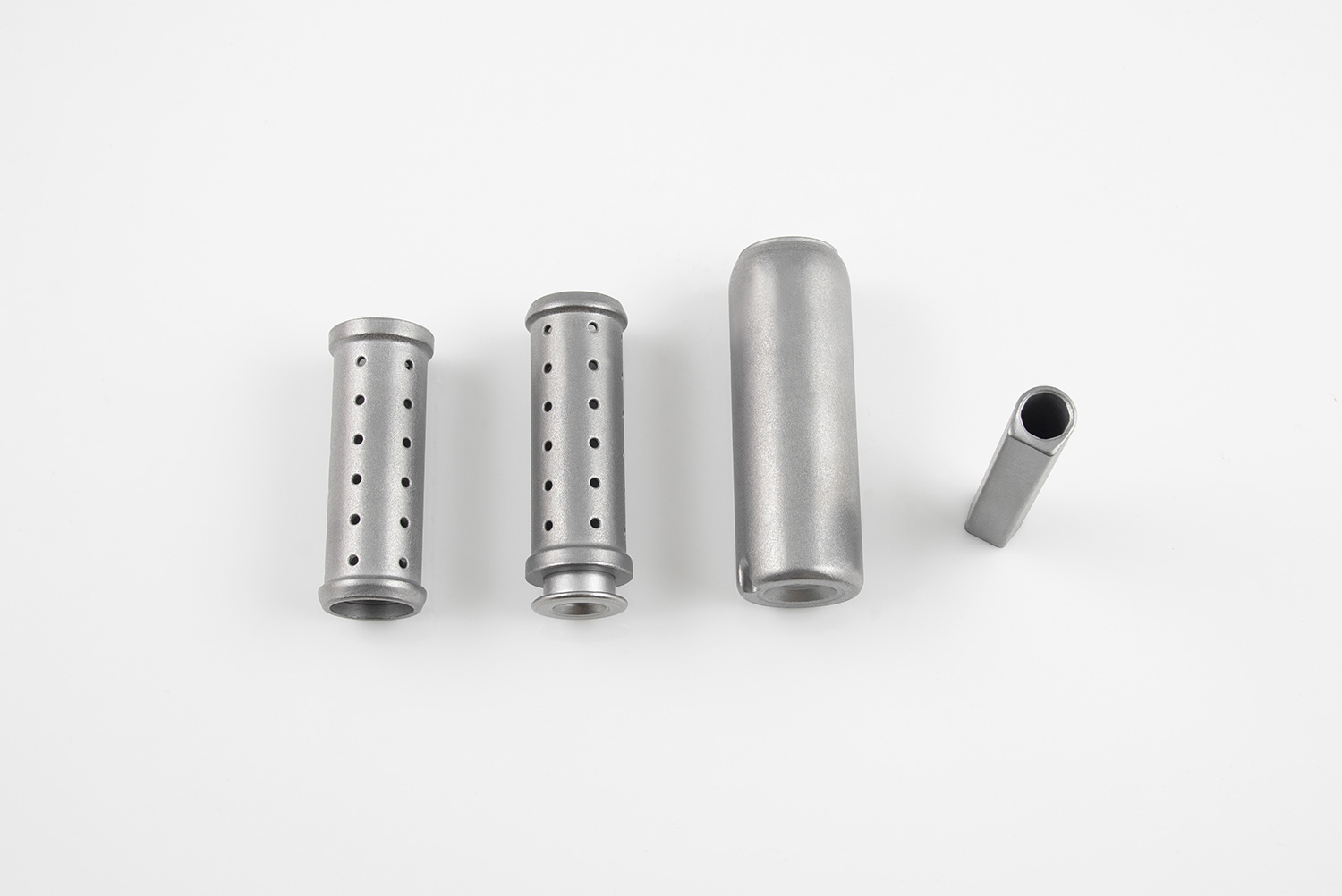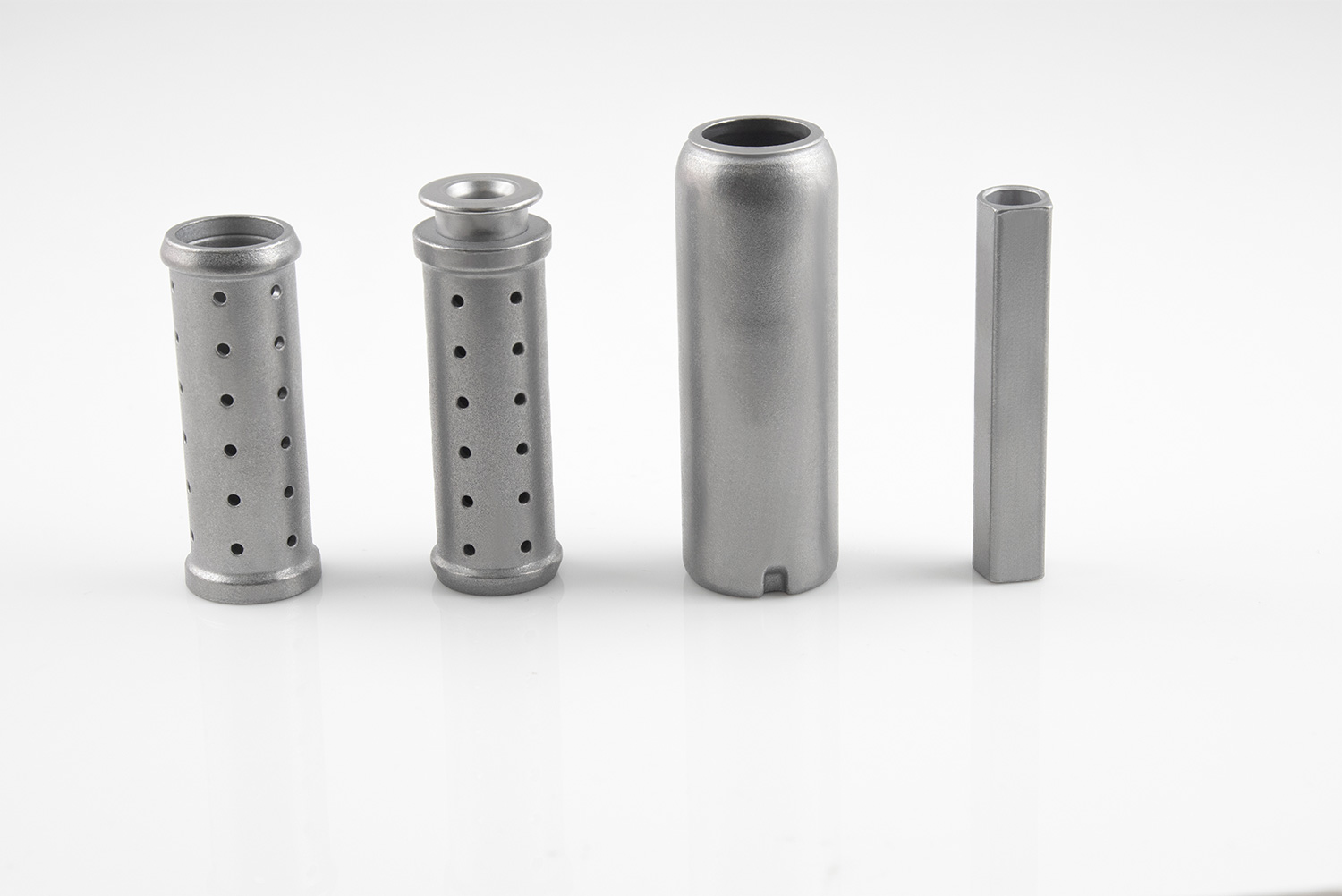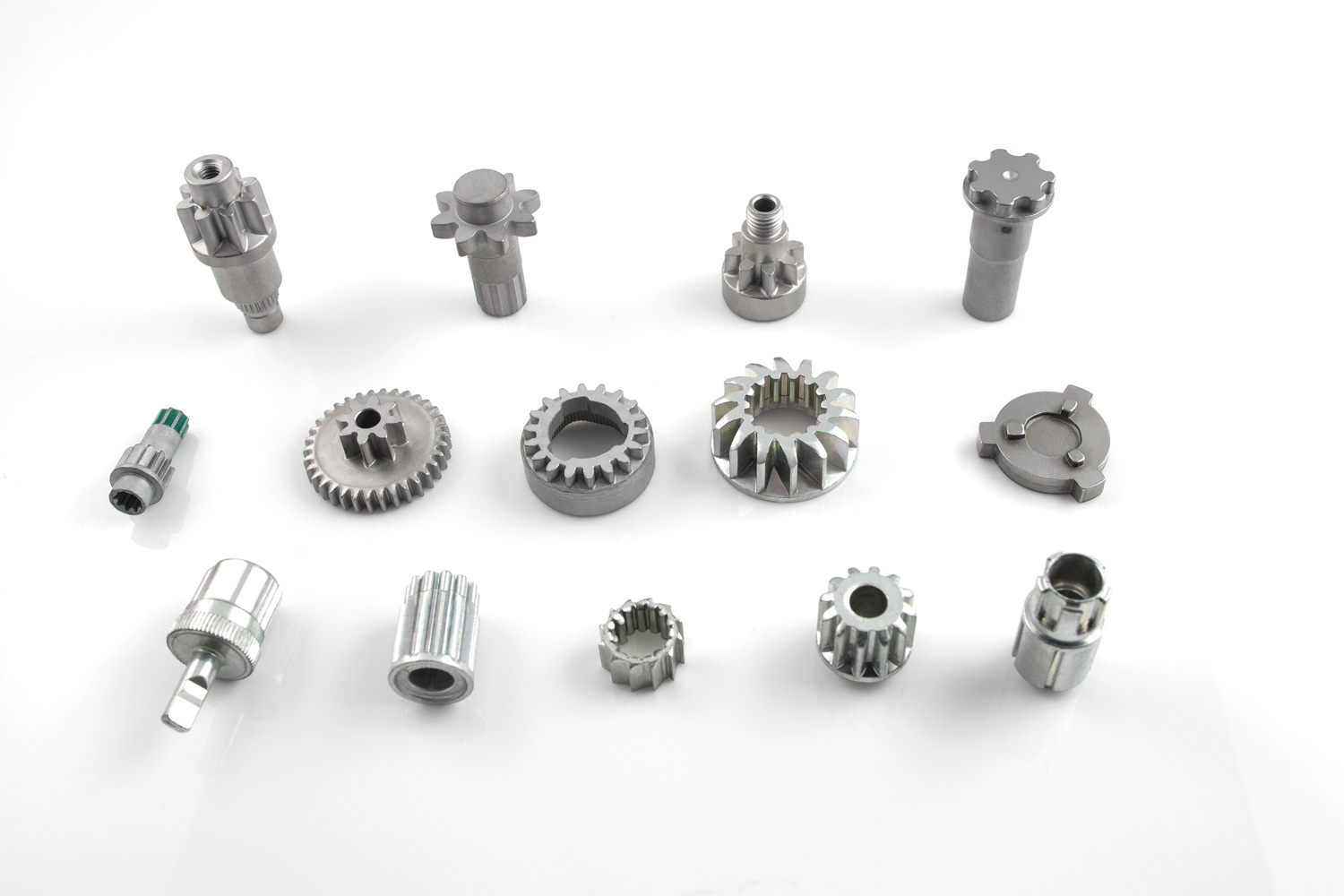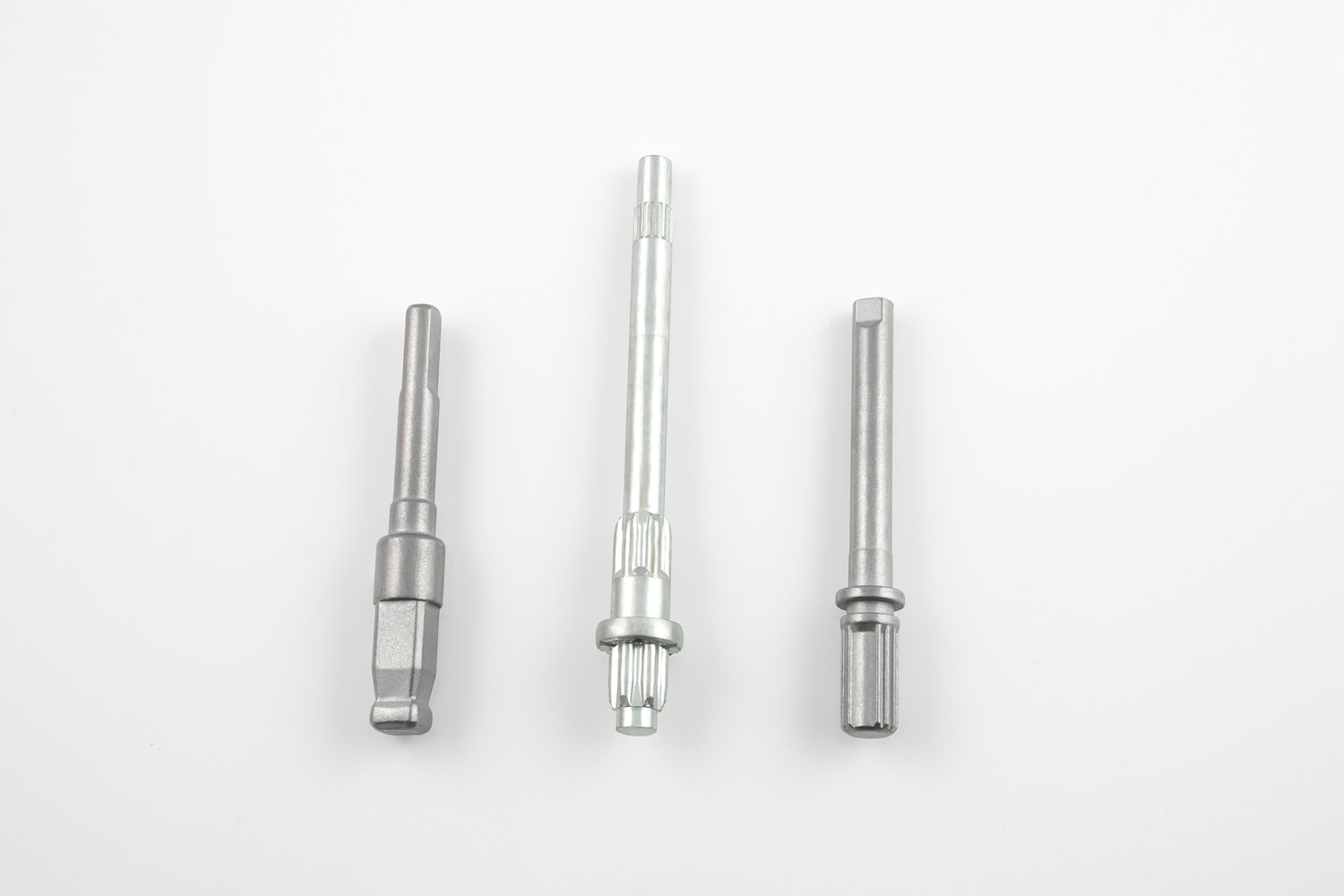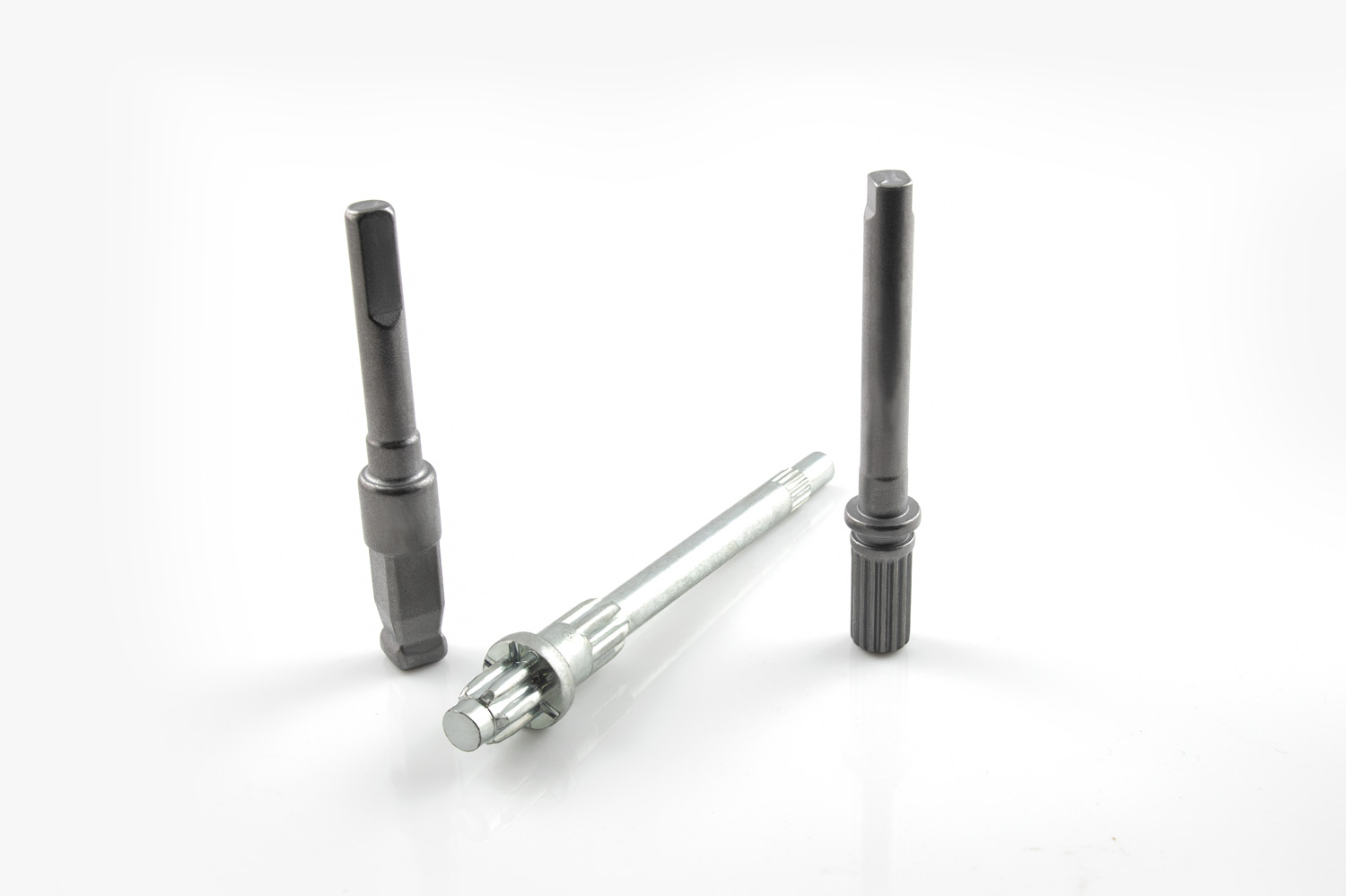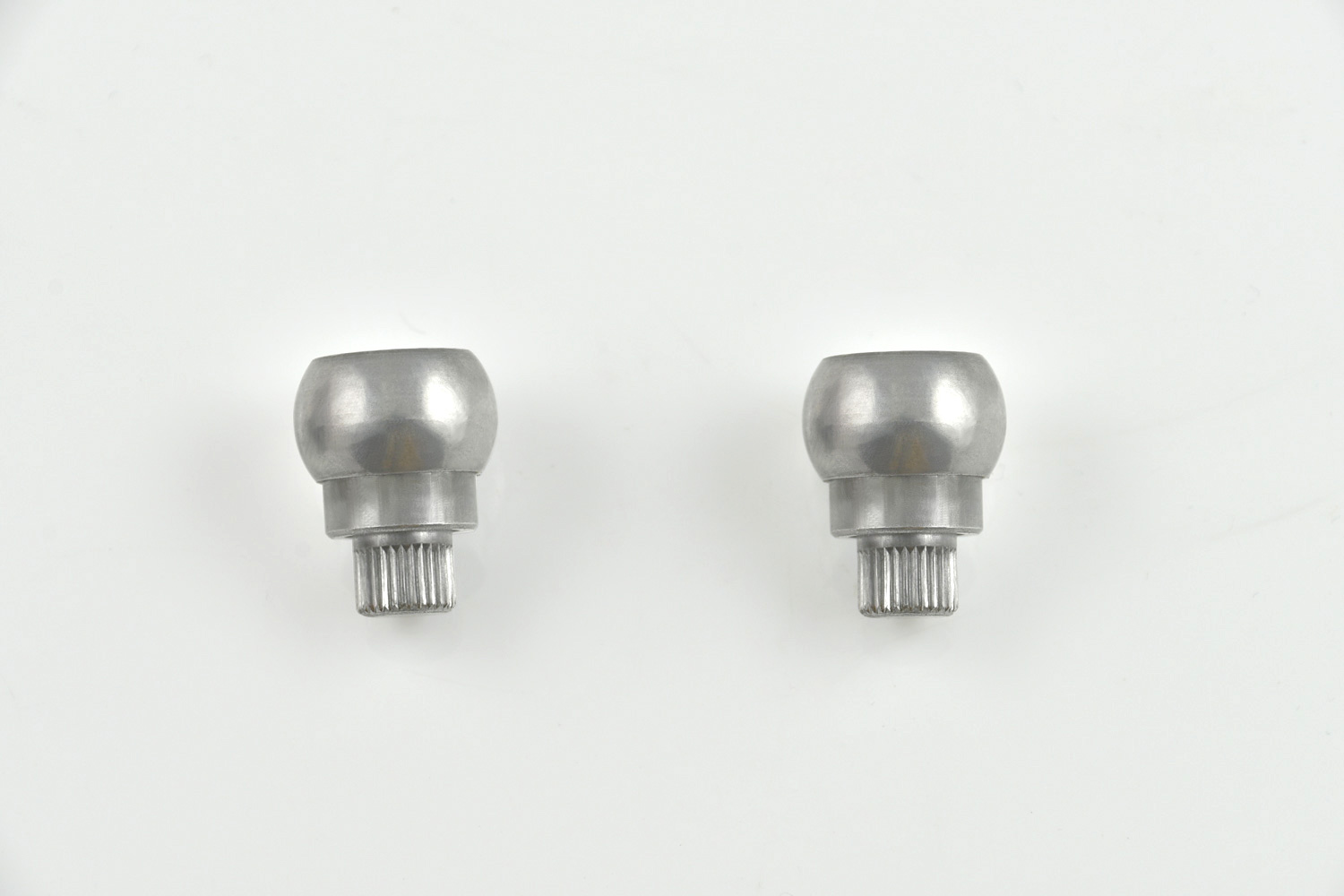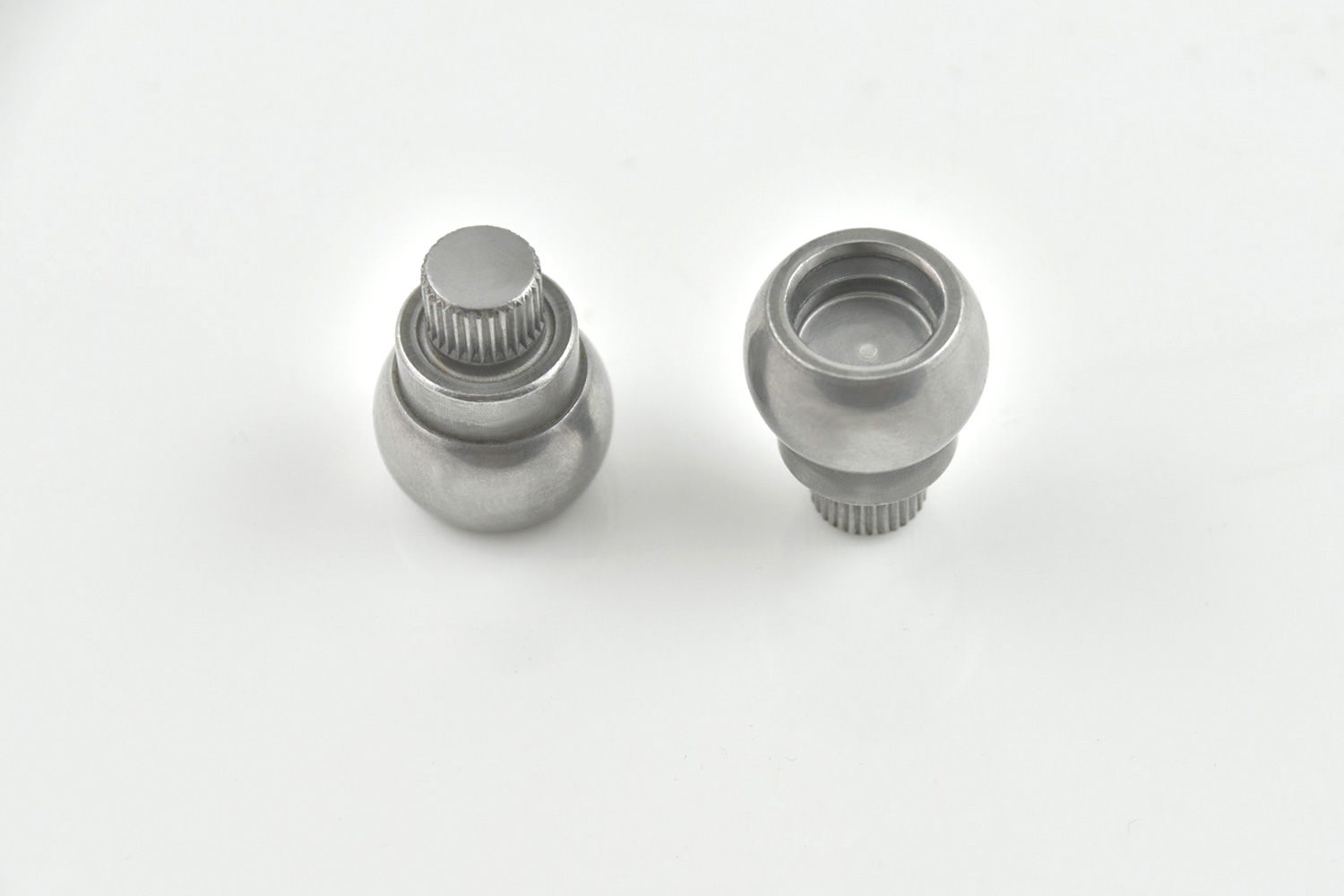Technology
Cold Forming
Creating customer benefit is our core company goal. This directive, chosen as our corporate mission many years ago, is more vital today than ever before. Cold forming processes induce specific properties, offering planners and design engineers real opportunities for increased efficiency and optimisation. SFS Group India has been offering the tremendous benefits of cold forming as a cornerstone technology since 2008. Maximum benefits are generated above all in the mass production of components.
This intelligent production process can be used for any malleable metal or its alloys. Starting with a blank - generally a length of wire cut from a roll - the final component is generated in two-to-six successive deformation steps; the blank taking on at each stage the shape of the die into which it is pressed. Our advanced technology, superior quality, unparalleled aptitude at creating customer benefit from know-how, and ability to innovate and advise enable us to achieve high-end engineering solutions.
Advantages
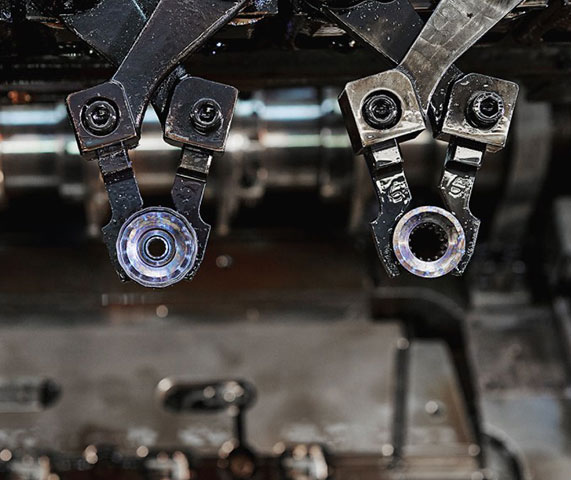
High quantity output
Thanks to the long service life of the tools used, significant potential benefits are realised in large series.
Optimum material utilisation
Unlike machining processes, in cold massive forming there is hardly any residual material.
Special design options
Thanks to a variety of combination options in the process of cold massive forming, even complex geometries can be reliably and economically realised.
High mechanical capacity
The materials for cold forming show an optimum fibre orientation, high level of purity and ductility, i.e. deformation before breaking. This leads to high safety potential in the event of static and dynamic loading.
High surface finish
As there is no corrosion of workpieces in cold massive forming, high surface finishes are realised.
Process
Cold forming is a mass production technique for larger manufacturing quantities. Blanks are formed into the required shape on multi-station presses.
The wire raw material is fed automatically into the press and cut into preforms by a horizontal shear process. The shear tool then transports the blank to the first die. The punch pushes the blank into the die, as the fingers holding it let go at that precise moment; and return to the previous operation. All the blanks are thus pressed simultaneously.
The first blank will be stuck fast in the first die until it is released by an ejector and transported to the next work station. The process then begins again.
Materials
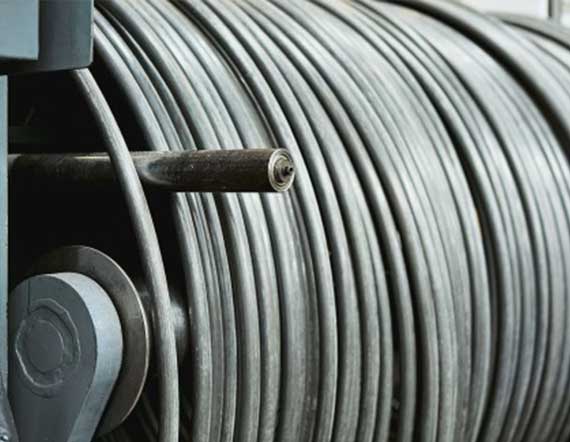
The right raw material
The optimum choice and quality of raw material is at the heart of highend, functional products. That is why we only collaborate with audited and certified suppliers. In order to guarantee that we can meet your standards and specifications, we start by using the best materials. Extensive experience enables us to specify exactly the right material according to the requirements of the final component.
The right choice
The choice of material for cold forming mainly depends on the required specifications and the mechanical properties of the finished part. In general, low-alloyed materials are used in cold forming because they have the best ductility characteristics. This applies to both steel and alloys of copper, aluminium, and titanium. Many well-known chromium, molybdenum, and nickel alloyed steels are also suitable for cold forming. Thanks to their special grain structures and high ductility, high-alloyed austenitic chrome-nickel steels are also very suitable.
Construction tips
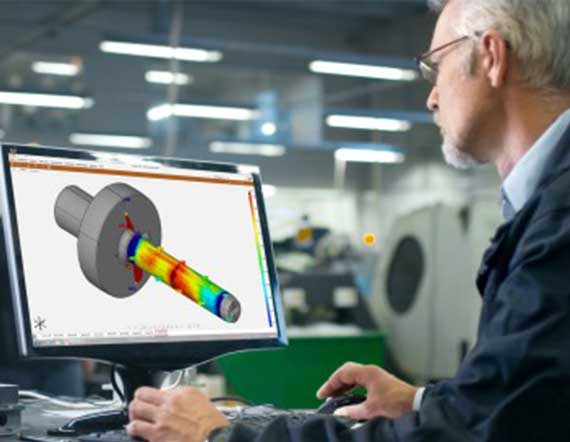
Produce more efficiently thanks to proactive planning
In all the versatility, certain parameters also have to be taken into account in cold forming such as design and surface quality. Even with small geometrical adjustments, generally all desired functions can be implemented, additional press stages saved or post-operations avoided. Use our know-how!

Torsion Bar
Thrust Collars And Steel Bush
Tie Rod And Braking Parts
Sliding Pin For Brakes
Aluminium Piston For Master Cylinder
Electric Alternator Connectors
Air Bag Parts
Gear Profile Cold Formed Parts
Seating And Door Hinge Shafts
Bearing Pin For Wiper Motor
Use the entire range

The technology of cold forming is suitable for a broad range in use and dimensions: precision-moulded parts with a diameter
of 0.5 – 50 mm and a length of 3 – 300 mm can be manufactured. Thanks to our comprehensive production expertise, even
complex shapes and continually new application-specific solutions can be realised.
